How to Breed in an Aquarium: A Beginner’s Guide to Raising Fish at Home
Ankita Rai | May 13, 2025, 22:37 IST
breeding in a aquarium
( Image credit : Pixabay )
Breeding fish in a home aquarium is a rewarding experience that goes beyond hobbyist interest—it's about nurturing life. This beginner-friendly guide walks you through choosing the best fish to breed, setting up a proper breeding tank, and encouraging natural spawning behavior. From guppies to rasboras, you'll learn which species are easiest for first-timers, how to care for delicate fry, and common mistakes to avoid. With the right setup, food, and care, even novices can successfully raise baby fish and enjoy the satisfaction of watching their aquatic family grow.
Either you're interested, enthusiastic, or maybe even a little dazed—you're not alone. Most fish enthusiasts soon find the urge to go a step further than merely feeding and observing. Breeding is the next step. It's not only about breeding more fish—it's all about caring for life, learning about behavior, and seeing nature bloom right in your very own living room.
And the best part? With proper setup and species, even novices can succeed.

Breeding aquarium fish isn't reserved for experts or professional aquarists. With a little patience and the right information, it's entirely possible at home. Plus, it’s deeply rewarding to watch the tiny fry (baby fish!) grow and thrive because of your care.
If you’ve already fallen in love with your guppies or rasboras, imagine raising their mini lookalikes from scratch. That connection? Unmatched.
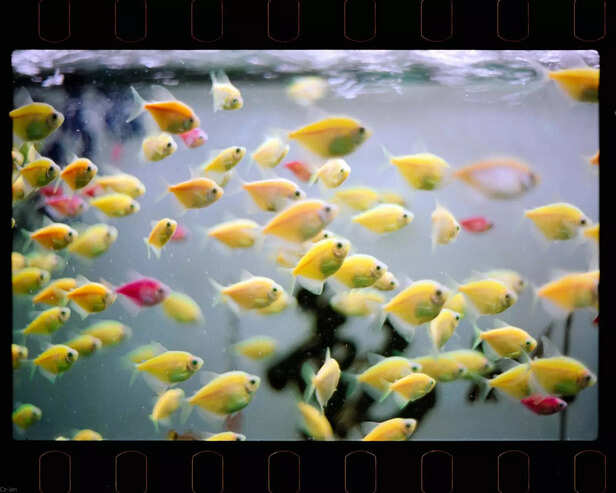
First timer? Choosing the right species makes all the difference. Some fish are divas when it comes to breeding. Others? They're essentially overachievers in nature.
Following are some of the easiest fish to breed in an aquarium:
Friendly, colorful, and always eager to expand their family.
Livebearers that breed with ease.
Perfect for a beginner and amazingly quick to spawn.
Calm bottom dwellers that have an intriguing spawning dance.
A tad shy but breed able as hell in the appropriate setup.
Adhere to livebearers for instant victories. They bypass egg-laying altogether and produce live, swimming fry—easy mode, essentially.
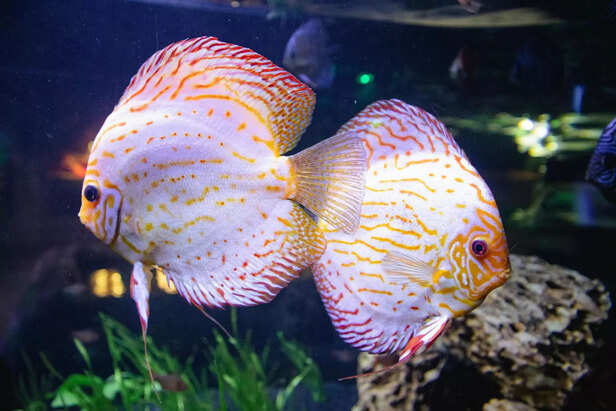
Here's a little secret: the majority of fish don't care for an audience when they're "in the mood." That's why having a separate breeding tank is a lifesaver.
What your breeding tank requires:
10–20 gallons is best for small species.
Delicate, fry-safe, and won't suck up wee swimmers.
Most tropical fish prefer it between 76°F and 80°F.
Live plants such as Java moss or spawning mops work well as egg spots.
Ditch the blinding glow. Opt for warm date night ambiance.
The goal is to provide a peaceful, hygienic, secluded area where your fish feel secure enough to get on with their business—and where the fry stand a decent chance of making it.
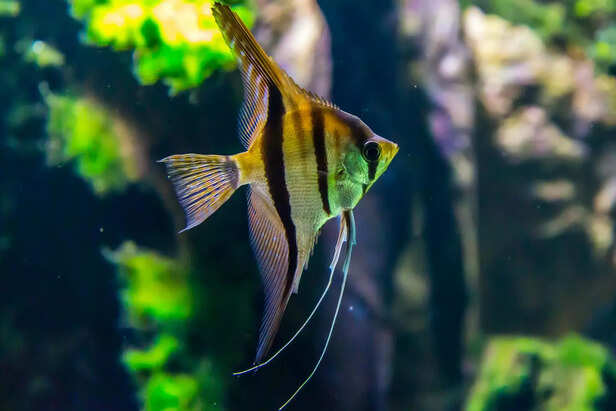
You can't just throw two fish together and hope for magic. Breeding takes timing, conditioning, and observation. Here's how to gently guide nature along:
Learn to distinguish the boys from the girls: Sounds obvious, but it's a popular newb error. In most species, the males are more colorful or skinny. Feed them well: Feed them protein-rich foods such as live brine shrimp or daphnia for a week or two. This "conditions" them for breeding. Trigger the spawn: In some species, a small temperature drop or partial water change replicates the rainy season—which often initiates breeding behavior.
Be prepared to separate: Many fish, particularly livebearers, will eat their own young. Harsh but true. Use breeder boxes or relocate adults post-birth.
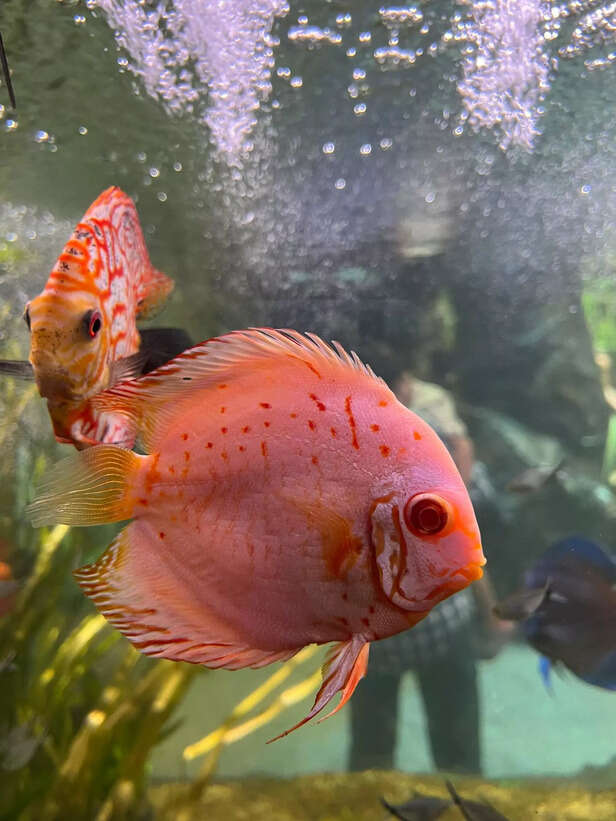
Now let's discuss what fish breeding really looks like.
Livebearers (such as guppies and platies): They will give birth to live fry, typically after a 3–4 week gestation.
Egg layers (such as danios or tetras): They release eggs onto plants or the bottom of the tank. These must be shielded from adult fish.
Bubble-nesters (such as bettas): The male constructs a nest of bubbles and guards eggs like a good warrior dad.
Mouthbrooders: Some cichlids brood eggs in their mouths until the fry are ready.
Every species has its idiosyncrasies—so do check the details before you begin.
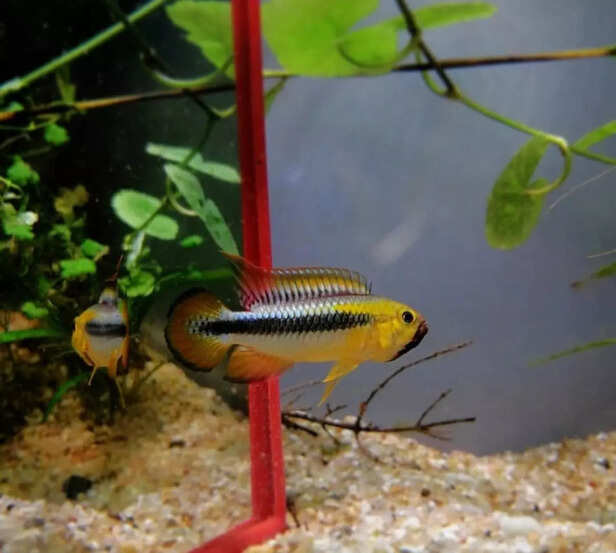
If your fish have bred successfully—well done! But don't get too cocky yet. Now you must raise those delicate fry into thriving young fish.
Here's what works:
Start with infusoria or liquid fry food. As they grow, switch to baby brine shrimp and crushed flakes.
Fry need pristine water. Change 20–30% every few days, gently.
A sponge filter is ideal. Fry are tiny and easily stressed.
In a few weeks, you’ll start seeing them grow fins, colors, and personalities.
Watching them grow? It's like seeing life on fast-forward.
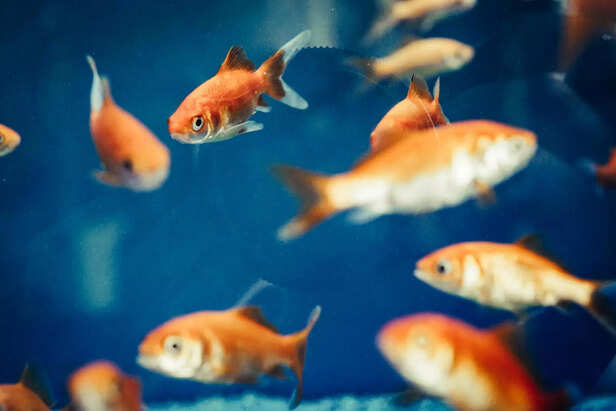
Even experienced fishkeepers get it wrong occasionally. Here are a few things not to do:
Mixing species while breeding: Besides the stress, it can promote aggression or unintentional hybrids.
Breed only healthy, robust fish. Poor genes = fragile fry.
Every species is different. Don't make assumptions.
Too easy to do. Excess food becomes toxic very quickly.

Breeding fish in your home aquarium is one of the most intimate ways to connect with aquatic life. It teaches patience, care, and curiosity. Sure, you’ll make mistakes. But the experience? Invaluable.
So do it slowly. Arrange your tank correctly. Observe your fish. And before you know it, you'll have a whole squadron of babies swimming around—a budding fish parent in the making.
Discover expert advice and the latest tips on pet care, training, health, and more. Stay updated with all things pets at Times Pets!
And the best part? With proper setup and species, even novices can succeed.
First Things First—Why Breed Fish at Home?

fish breeding
( Image credit : Pexels )
Breeding aquarium fish isn't reserved for experts or professional aquarists. With a little patience and the right information, it's entirely possible at home. Plus, it’s deeply rewarding to watch the tiny fry (baby fish!) grow and thrive because of your care.
If you’ve already fallen in love with your guppies or rasboras, imagine raising their mini lookalikes from scratch. That connection? Unmatched.
Start Smart: Choose the Right Fish

it is important to choose the right breed
( Image credit : Pexels )
First timer? Choosing the right species makes all the difference. Some fish are divas when it comes to breeding. Others? They're essentially overachievers in nature.
Following are some of the easiest fish to breed in an aquarium:
Guppies:
Platies & Mollies:
Zebra Danios:
Corydoras:
Harlequin Rasboras:
Adhere to livebearers for instant victories. They bypass egg-laying altogether and produce live, swimming fry—easy mode, essentially.
Set Up a Fish Breeding Tank the Right Way

it is important to provide right environment
( Image credit : Pexels )
Here's a little secret: the majority of fish don't care for an audience when they're "in the mood." That's why having a separate breeding tank is a lifesaver.
What your breeding tank requires:
Size:
Sponge filter:
Heater:
Plants or spawning surfaces:
Soft light:
The goal is to provide a peaceful, hygienic, secluded area where your fish feel secure enough to get on with their business—and where the fry stand a decent chance of making it.
Tips to Actually Get Your Fish to Breed

fish
( Image credit : Pexels )
You can't just throw two fish together and hope for magic. Breeding takes timing, conditioning, and observation. Here's how to gently guide nature along:
Learn to distinguish the boys from the girls: Sounds obvious, but it's a popular newb error. In most species, the males are more colorful or skinny. Feed them well: Feed them protein-rich foods such as live brine shrimp or daphnia for a week or two. This "conditions" them for breeding. Trigger the spawn: In some species, a small temperature drop or partial water change replicates the rainy season—which often initiates breeding behavior.
Be prepared to separate: Many fish, particularly livebearers, will eat their own young. Harsh but true. Use breeder boxes or relocate adults post-birth.
So, What Happens Next?

aquarium
( Image credit : Pexels )
Now let's discuss what fish breeding really looks like.
Livebearers (such as guppies and platies): They will give birth to live fry, typically after a 3–4 week gestation.
Egg layers (such as danios or tetras): They release eggs onto plants or the bottom of the tank. These must be shielded from adult fish.
Bubble-nesters (such as bettas): The male constructs a nest of bubbles and guards eggs like a good warrior dad.
Mouthbrooders: Some cichlids brood eggs in their mouths until the fry are ready.
Every species has its idiosyncrasies—so do check the details before you begin.
Raising Fry: The Real Challenge Starts Here

breeding in the right enviornment
( Image credit : Pexels )
If your fish have bred successfully—well done! But don't get too cocky yet. Now you must raise those delicate fry into thriving young fish.
Here's what works:
Food:
Water changes:
Avoid strong currents:
Growth time:
Watching them grow? It's like seeing life on fast-forward.
Common Breeding Mistakes to Avoid

careful measures should be taken
( Image credit : Pixabay )
Even experienced fishkeepers get it wrong occasionally. Here are a few things not to do:
Mixing species while breeding: Besides the stress, it can promote aggression or unintentional hybrids.
Breeding ill fish:
Cutting out research:
Feeding the fry too much:
Final Word: It’s Not Just a Hobby—It’s a Journey

breeding fishes
( Image credit : Pixabay )
Breeding fish in your home aquarium is one of the most intimate ways to connect with aquatic life. It teaches patience, care, and curiosity. Sure, you’ll make mistakes. But the experience? Invaluable.
So do it slowly. Arrange your tank correctly. Observe your fish. And before you know it, you'll have a whole squadron of babies swimming around—a budding fish parent in the making.
Discover expert advice and the latest tips on pet care, training, health, and more. Stay updated with all things pets at Times Pets!
Frequently Asked Questions (FAQs)
- How to breed fish in an aquarium?
Set up a separate breeding tank with ideal conditions and introduce compatible, healthy fish pairs. - How to increase fish breeding?
Feed high-protein foods, maintain clean water, and replicate natural breeding triggers like temperature shifts. - What helps fish breed?
Proper tank setup, stress-free environment, species compatibility, and nutritional conditioning support breeding success.
Pet Cafés in India & Abroad: The Coolest Hangout Spots for Animal Lovers
By Shweta
Pet Picnic Spots in Indian Cities You’ve Never Heard About
By Tanisha Kumari
Rickshaw, Metro or Cab: Which Ride Do Pets Prefer?
By Tanisha Kumari
The Harsh Reality of Boarding That No Pet Parent Wants to Face
By Tanisha Kumari
Backpack Pets Are the New Fashion Statement
By Tanisha Kumari
Pet cafés & their rising popularity across India & abroad
By Tanisha Kumari
Gear Up: Top 4 Essentials for Outdoor Dog Safety
By Tanisha Kumari
